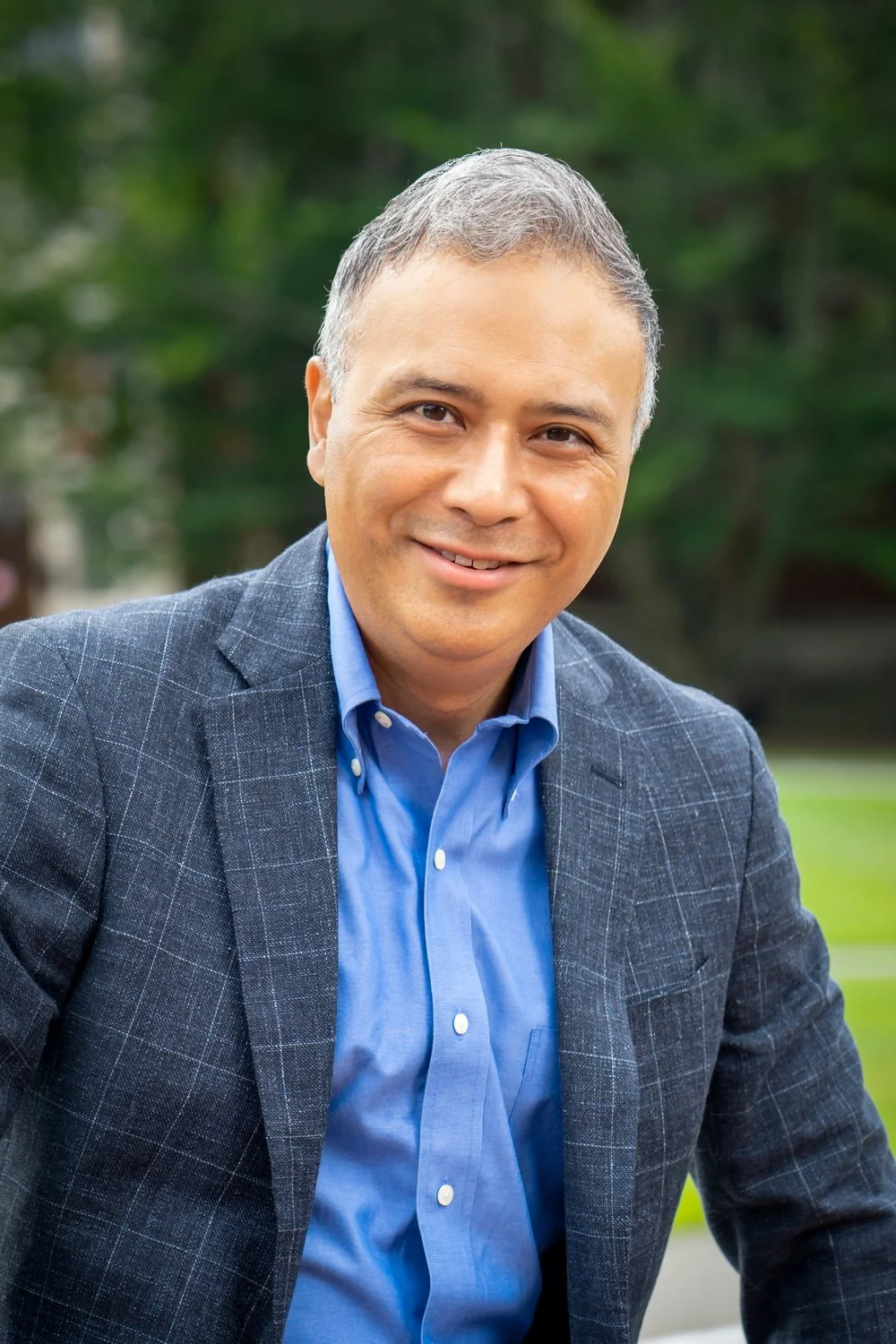
One fateful day in 1990, an undergraduate in his junior year who had never been around the Stanford music department strolled into the Stanford Concerto Competition and stole the show. He won that year with his famed Rachmaninoff Piano Concerto No. 3 performance. In 1997, he went on to become the first American in 16 years to win the Van Cliburn International Piano Competition. This (now, not-so-unknown) mystery pianist is none other than Jon Nakamatsu B.A. ’91 M.A. ’92, who has returned to campus to teach Stanford students this winter quarter.
Laura Dahl, Director of Collaborative Piano and Interim Director of Keyboard Studies, said she contacted the Van Cliburn gold medalist back in November 2022 to see if Nakamatsu would be interested in substitute teaching during her medical leave in the upcoming winter quarter. According to Dahl, the two had met almost a decade earlier through Stanford Director in Choral Studies and mutual friend, Stephen Sano.
Nakamatsu is on the adjunct faculty at the San Francisco Conservatory and says he keeps “a very small studio,” due to his intensive travel and performance schedule. During this winter quarter at Stanford, he will be mentoring five students who have been studying under the instruction of Dahl.
In his days as a Stanford student, Nakamatsu too once balanced rigorous schoolwork with practice schedules. Dahl is excited for her students to connect with somebody who’s been in their shoes before: “He understands, on an extremely personal level, the kinds of students that we have at Stanford so I’m really excited for my students to work with him for these ten weeks.”
Reflecting upon what he hopes he brings to students during his time at Stanford, Nakamatsu emphasizes the importance of learning different ways to approach a piece of music. He said it’s easy for pianists to sit down at the piano, start playing, and let their fingers “take over.” On the other hand, he hopes to guide students toward conceptualizing and expressing the components of a piece musically before practicing.
“I don’t care that you can memorize the whole piece the first day and play it really fast. That doesn’t interest me,” Nakamatsu said. “What interests me is that I can hear your thought process going into every single phrase in every single detail and that you understand the overarching structure of this piece, which is considered a masterpiece for a reason.”
So far, this approach to teaching has varied from what piano student and intended math major Abhy Devalapura ’24 has previously experienced.
“[Nakamatsu] looks at both the macro and micro perspective,” Devalapura said. “He’s very passionate about looking at unique perspectives that you haven’t really explored before. So that’s one thing we’ve been working on and it’s something that I thought was really new and vibrant and interesting.”
According to Devalapura, there are often several lines of voices in music that were composed before the 20th century. Balancing these details with the overall phrasing of the composition is a skill Devalapura has been working on with Nakamatsu.
Nakamatsu never personally received piano instruction from the music department during his time at Stanford. He began piano lessons at the age of six with Marina Derryberry (1936-2009). She was the same teacher who accompanied him to the Van Cliburn International Piano Competition, which jump-started his musical career twenty years later.
Having one’s education “led by one primary source is unusual,” Nakamatsu said. “But at the same time, [my teacher] immediately started seeking out other people to help me musically in different disciplines like composition.”
As part of this additional schooling, Nakamatsu studied with Leonard Stein at the University of Southern California for 11 years and learned from Karl Ulrich Schnabel from the age of ten. At that point in his childhood, Nakamatsu began living what he described as a “two-pronged” life.
“I was having lessons with my teacher four times a week for four to six hours at a time, so I had a very different lifestyle,” Nakamatsu said. “And then at home, I was kind of the normal public school kid who played in the neighborhood with his friends.”
In addition to Nakamatsu, the music department is also welcoming pianist Stephen Prutsman as a Visiting Artist. Prutsman has collaborated with the St. Lawrence String Quartet at Stanford and is additionally looking forward to seeing Nakamatsu on campus. As pianists, their paths haven’t crossed much before.
“It’s not like string players or singers where ensembles are a part of one’s professional activity. Pianists do play chamber music, do play in orchestras, but a lot of our time is spent practicing alone,” Prutsman said. “But I’m thrilled Jon is there and I look forward to seeing him.”
The excitement to see Nakamatsu back at Stanford and in the music department is echoed by colleague Dahl.
“It’s a real opportunity and I would have been worried to step away from my students but he’s an extraordinary teacher and a really kind, warm, and sincere human being,” Dahl said. “They are in extraordinary hands – even better than me. He’s an extraordinary pianist and pedagogue and so it’s a great opportunity for them.”